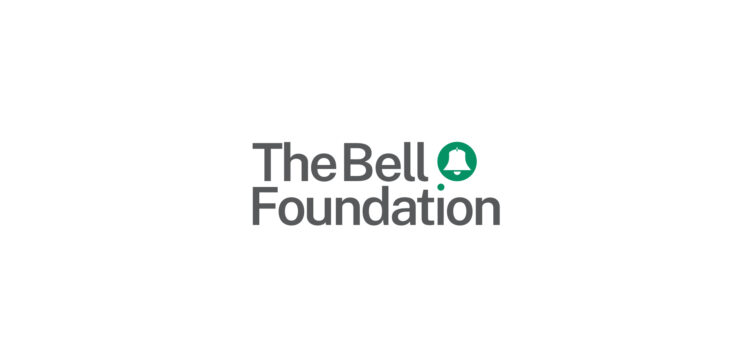Using Comprehensible English – for Secondary School (Online Regional Training)
- Date
- TBC
- Price
- £45
- Type
- Online course, Regional training
- Location
- Online
Explore our seven calls to action for the new Government to integrate children who use EAL.

Barrier games are a specific form of an information gap activity. Information gap activities are communicative activities for two or more learners, where Learner A has information that Learner B needs, and vice versa. In a barrier game Learner A and Learner B sit with a barrier between them and are required to convey information to each other. The information that each learner has can be in any form, for example:
Barrier games are very flexible and can be used with any age-group, in any subject and with learners at any level of English language proficiency. Activities include, for example:
1. Completing a timeline:
One example is the Charles Dickens barrier game. Learners A and B are each given different biographical information about Charles Dickens, and identical timelines to complete. They have to ask each other questions in order to fill in their timelines.
2. Guess the 3-D shape:
Learner A chooses a 3-D shape from a set that Learner B cannot see and describes it to Learner B who has to guess what it is. ‘It has eight vertices and six faces. The faces are all equal in size.’ When Learner B has guessed correctly the roles are reversed. This gives an opportunity for both learners to practise using mathematical language in a real context.
Top tip: Provide a model of the language the EAL learner should use. This can be done by modelling the language orally or providing some written models, e.g. sentence starters or suitable questions to ask, e.g. The Black Death in Europe.
Barrier games can encourage learners to develop speaking and listening skills within the context of a curriculum topic and are a great way of providing an opportunity for purposeful communication with learners who can provide good models of English, as recommended by research (e.g. NALDIC 1999, Swain and Lapkin 1995).
They support learners with the development of strategies for communication: rewording, requesting clarification, questioning, giving and following simple clear instructions (explaining), clarifying or describing.
Barrier games are an excellent way of reinforcing newly-acquired language and giving the learner an opportunity to practise subject-specific target language in a real context. They are motivating and provide a sense of achievement.
The theoretical base for placing EAL learners in a situation where they have a genuine need to speak in order to complete a task, as is the case with a barrier game, includes the ideas of Michael Halliday and Jerome Bruner about the importance of interaction and negotiation of meaning in language development. Barrier games can also provide an opportunity for exploratory talk (as defined by Douglas Barnes) used to solve problems collaboratively, as recommended by researchers like Robin Alexander and Gordan Wells.
NALDIC, 1999, The distinctiveness of English as an Additional Language: a cross-curricular discipline, National Association of Language Development in the Curriculum, Working Paper 5.
Swain, M. and Lapkin, S., 1995, Problems in output and the cognitive processes they generate: a step towards second language learning, Applied Linguistics 16 (3), 371-391.